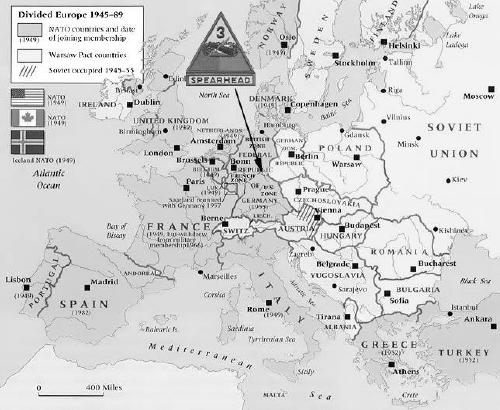The Cold War
The Cold War
 The Cold War was the continuing state of conflict, tension and competition that existed after World War II between the Soviet Union and its satellites and the powers of the Western world under the leadership of the United States from the mid-1940s to the early 1990s. Throughout this period, the conflict was expressed through military coalitions, espionage, weapons development, invasions, propaganda, and competitive technological development, which included the space race. The conflict included costly defense spending, a massive conventional and nuclear arms race, and numerous proxy wars; the two superpowers never fought one another directly.
The Cold War was the continuing state of conflict, tension and competition that existed after World War II between the Soviet Union and its satellites and the powers of the Western world under the leadership of the United States from the mid-1940s to the early 1990s. Throughout this period, the conflict was expressed through military coalitions, espionage, weapons development, invasions, propaganda, and competitive technological development, which included the space race. The conflict included costly defense spending, a massive conventional and nuclear arms race, and numerous proxy wars; the two superpowers never fought one another directly.
Despite being allies against the Axis powers and having the most powerful military forces among peer nations, the USSR and the US disagreed about the configuration of the post-war world while occupying most of Europe. The Soviet Union created the Eastern Bloc with the eastern European countries it occupied, annexing some as Soviet Socialist Republics and maintaining others as satellite states, some of which were later consolidated as the Warsaw Pact (1955-1991). The US and some western European countries established containment of communism as a defensive policy, establishing alliances such as NATO to that end.
Several such countries also coordinated the Marshall Plan, especially in West Germany, which the USSR opposed. Elsewhere, in Latin America and Southeast Asia, the USSR assisted and helped foster communist revolutions, opposed by several Western countries and their regional allies; some they attempted to roll back, with mixed results. Some countries aligned with NATO and the Warsaw Pact, and others formed the Non-Aligned Movement.
The Cold War featured periods of relative calm and of international high tension - the Berlin Blockade (1948-1949), the Korean War (1950-1953), the Berlin Crisis of 1961, the Vietnam War (1959-1975), the Cuban Missile Crisis (1962), the Soviet war in Afghanistan (1979-1989), and the Able Archer 83 NATO exercises in November 1983. Both sides sought detente to relieve political tensions and deter direct military attack, which would likely guarantee their mutual assured destruction with nuclear weapons.
In the 1980s, the United States increased diplomatic, military, and economic pressures against the USSR, which had already suffered severe economic stagnation. Soviet President Mikhail Gorbachev introduced the liberalizing reforms of perestroika ("reconstruction", "reorganization", 1987) and glasnost ("openness", ca. 1985). The Cold War ended after the Soviet Union collapsed in 1991, leaving the United States as the dominant military power, and Russia possessing most of the Soviet Union's nuclear arsenal. The Cold War and its events have had a significant impact on the world today, and it is commonly referred to in popular culture.
|







 The Cold War was the continuing state of conflict, tension and competition that existed after World War II between the Soviet Union and its satellites and the powers of the Western world under the leadership of the United States from the mid-1940s to the early 1990s. Throughout this period, the conflict was expressed through military coalitions, espionage, weapons development, invasions, propaganda, and competitive technological development, which included the space race. The conflict included costly defense spending, a massive conventional and nuclear arms race, and numerous proxy wars; the two superpowers never fought one another directly.
The Cold War was the continuing state of conflict, tension and competition that existed after World War II between the Soviet Union and its satellites and the powers of the Western world under the leadership of the United States from the mid-1940s to the early 1990s. Throughout this period, the conflict was expressed through military coalitions, espionage, weapons development, invasions, propaganda, and competitive technological development, which included the space race. The conflict included costly defense spending, a massive conventional and nuclear arms race, and numerous proxy wars; the two superpowers never fought one another directly.